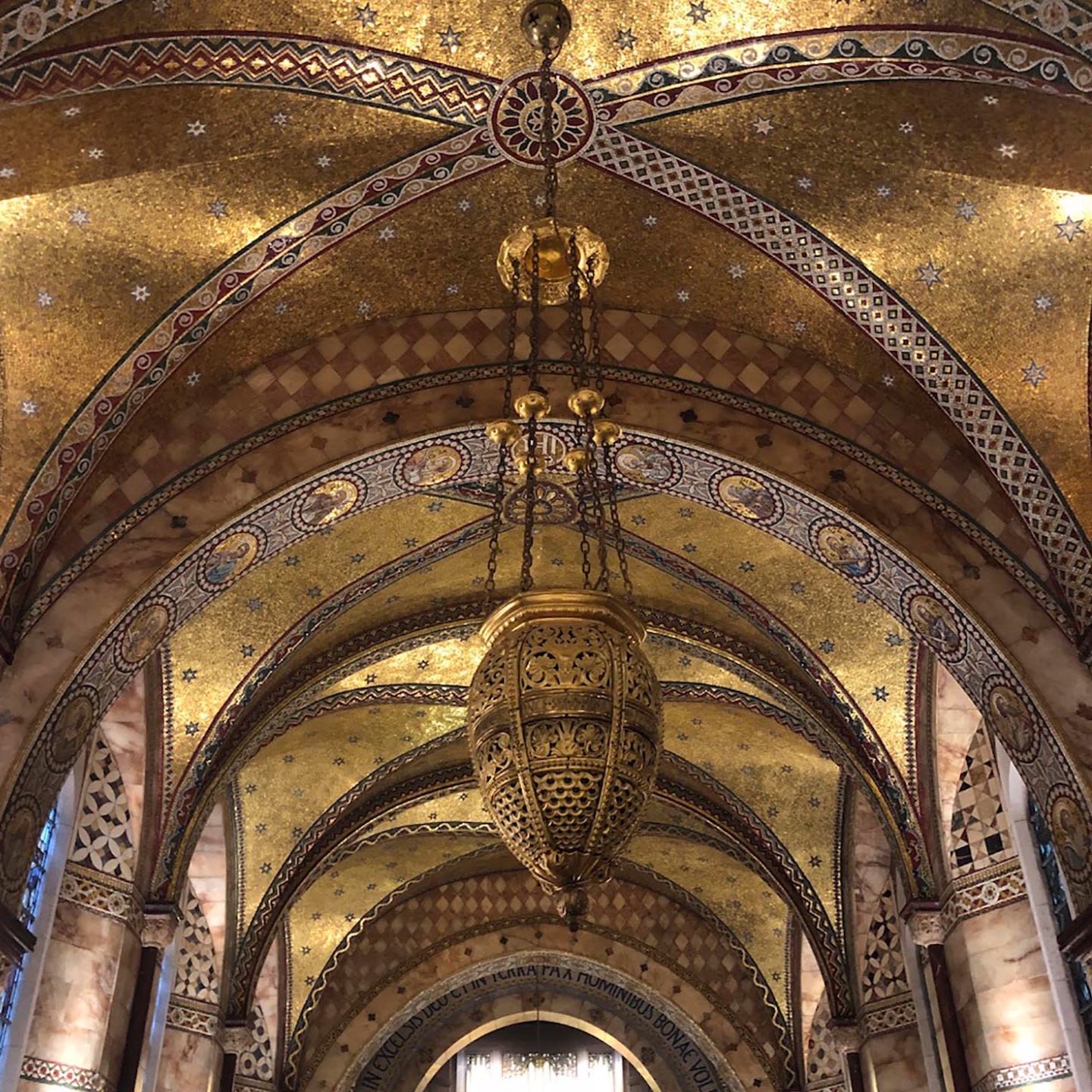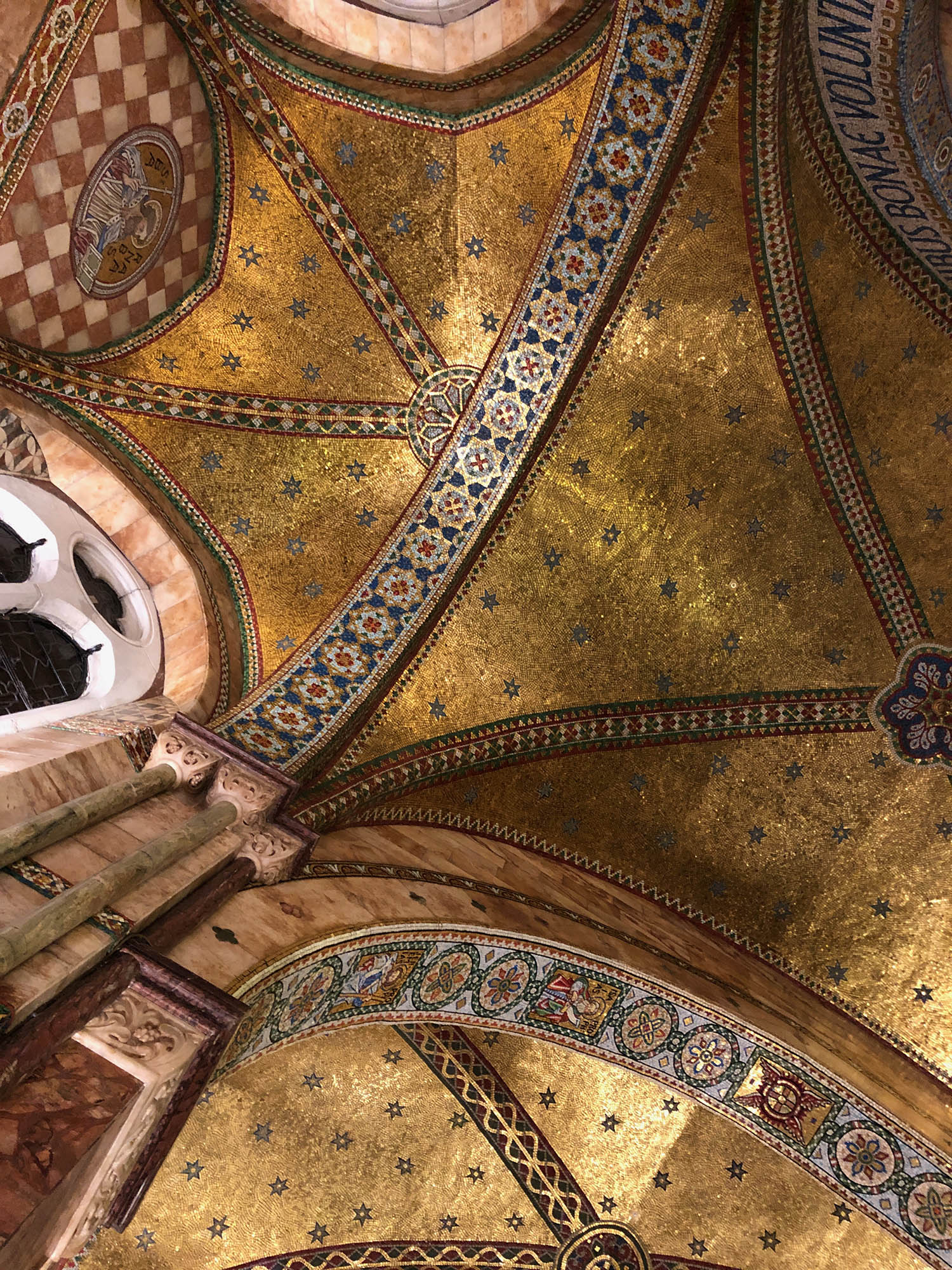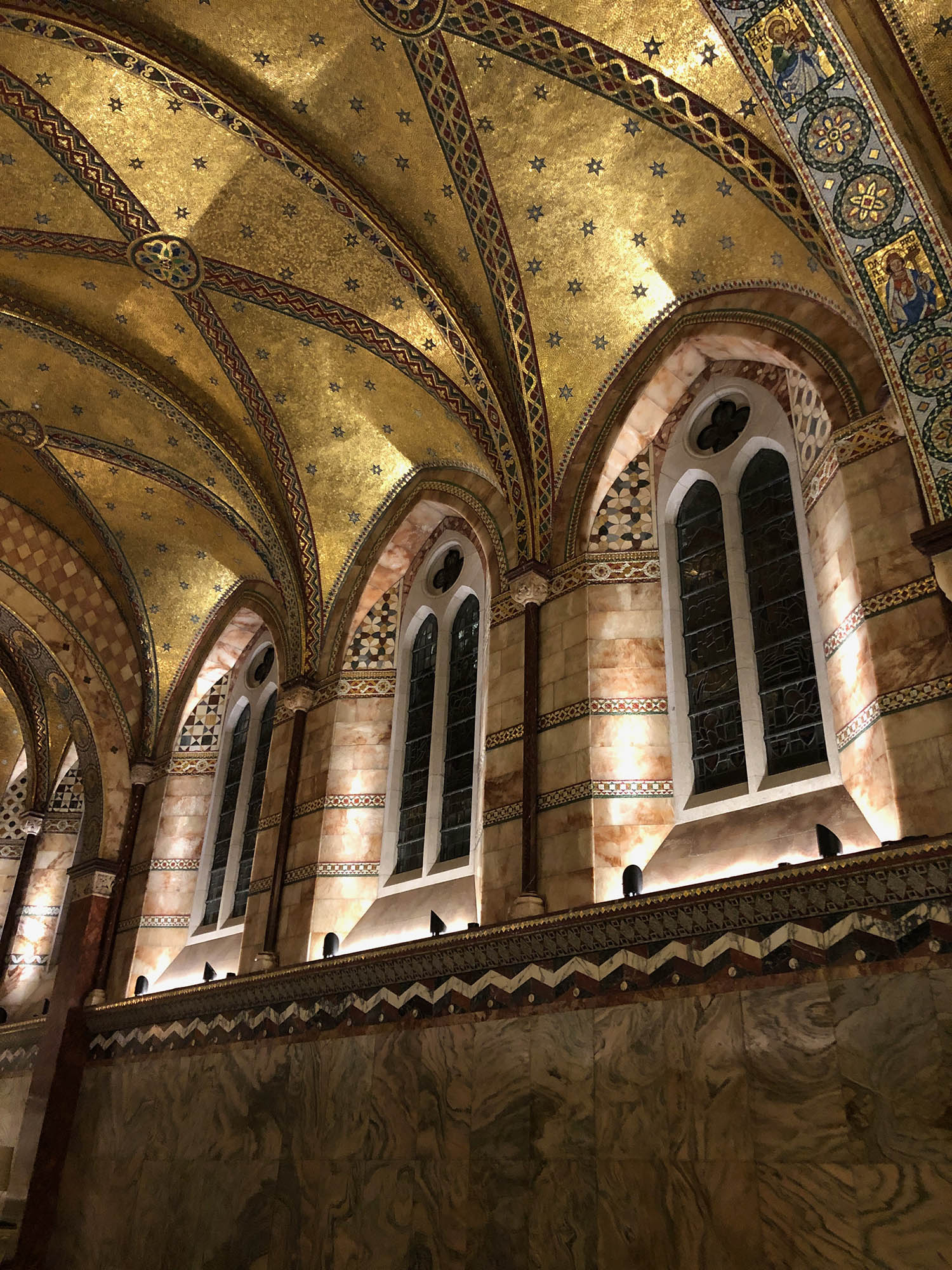Fitzrovia Chapel | Elliot Payne as Trustee
Fitzrovia Chapel Foundation | Fitzrovia | London
“This jewel box of a building”
A Very Loud Quiet Space
Fitzrovia Chapel is the a remaining fragment of the former Middlesex Hospital. The Chapel which was never consecrated nor dedicated or even registered as a religious building was built to offer peace and contemplation amongst its star studded ceilings and Italian Gothic splendour to the patients, staff and visitors to the hospital. A role it now fulfils for the wider community of Fitzrovia.
The Chapel is situated in Pearson Square, Fitzroy Place, built in 1891 by John Loughborough Pearson, and completed in 1929 by his son Frank Loughborough Pearson. The chapel is a Grade II* listed building, the walls and floors awash with many different colourful marbles and garish mosaics.The mosaics were completed by Maurice Richard Joseyin the 1930s, assisted by his son John L. Josey.
The Fitzrovia Chapel Foundation
The Fitzrovia Chapel Foundation looks after the chapel on behalf of the local community, the chapel’s visitors, other organisations and the wider public. They are responsible for promoting its place in local history, heritage and culture.
The Foundation are also entrusted with the conservation, restoration, maintenance and preservation of the building and its contents. As a trustee this is a key area where my experience and contacts can assist the Foundation in reaching their objectives.
Recent History, Dormancy and Repair
The Middlesex Hospital closed its doors in December 2005 and sold the site to a developer. The final was to redevelopment scheme preserved the chapel and the façade of the historic radiation wing on Nassau Street.
Due to the international financial crash in the mid-2000s, the site lay dormant for some years. The chapel remained visible as a little island in the middle of the vast, empty site, with just the adjacent Nassau Street façade keeping it company.
In 2011, the redevelopment was finally begun by new owners Exemplar and Aviva. The chapel was carefully underpinned, as all around it excavations began to build a four-storey-deep underground car park. As part of the planning agreement with Westminster City Council, it was agreed that the developers would fund the restoration of the chapel, and that it would have a community and cultural focus, and be overseen by an independent charitable foundation, The Fitzrovia Chapel Foundation.
The restoration of the chapel was carried out by conservation architects Caroe & Partners, with the biggest task facing them being the repair of the incredible mosaic and marble interior. Over the years, rain water had seeped inside the old roof, damaging and detaching many of the mosaic tiles and marble panels. Once the roof had been replaced, the interior could be restored, which involved replacing up to 70 per cent of the gold leaf on the ceiling, re-gilding most of the tiles, as well as re-attaching or replacing the marble panels. The exterior brickwork was also repaired and repointed, obliterating some of the damage that had been caused by temporary buildings and huts that had clustered around the chapel through the year. This had made it almost invisible as a stand-alone building.
















